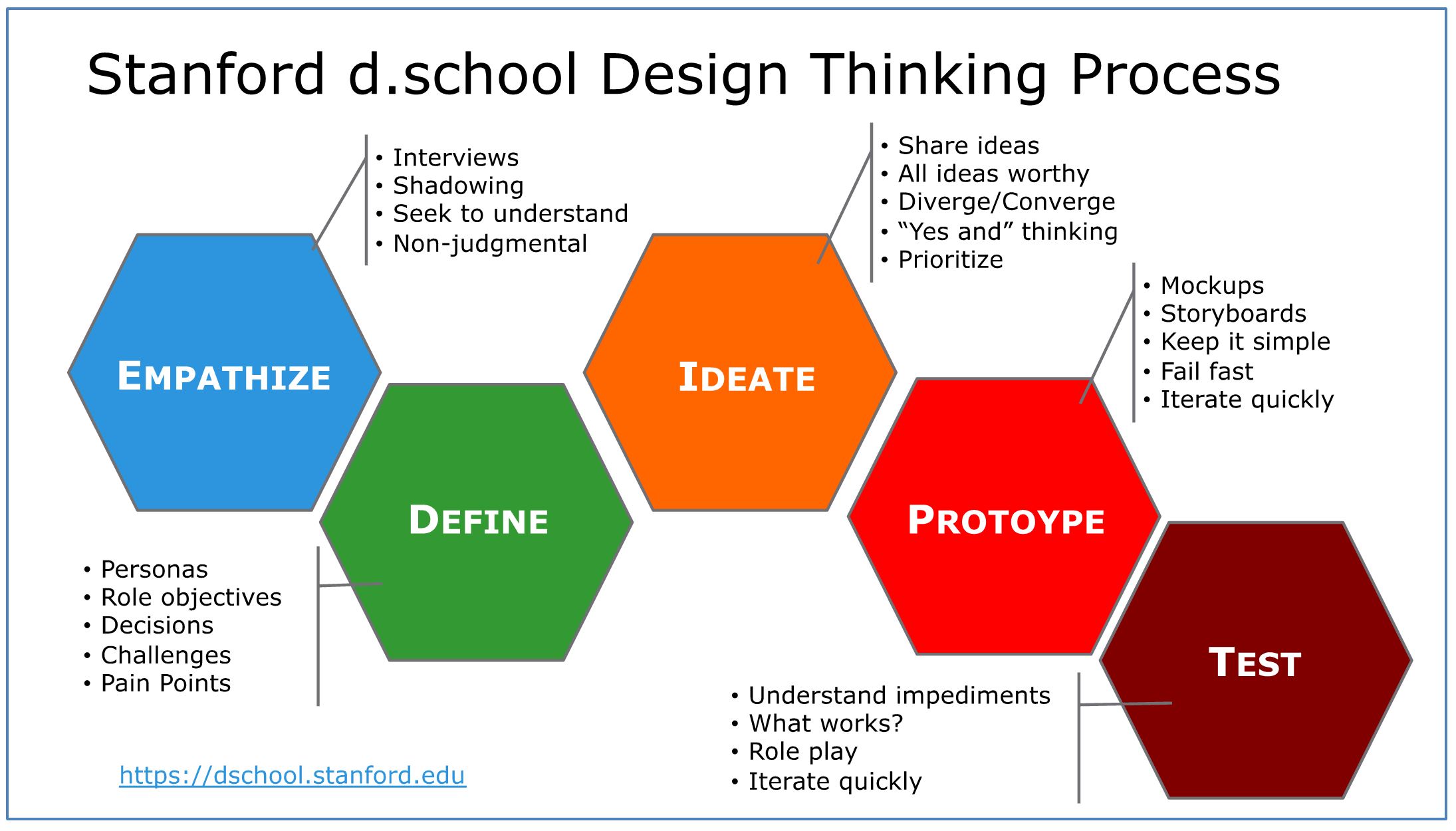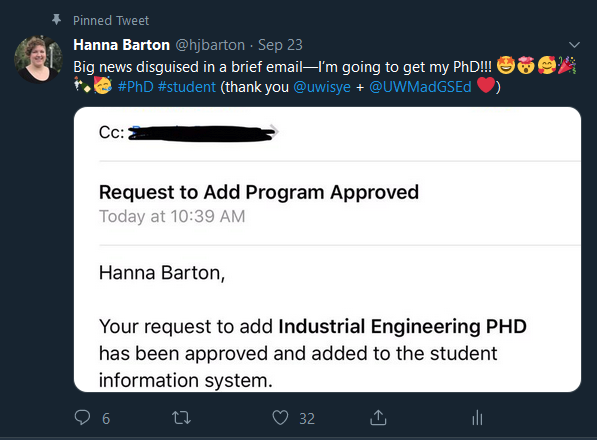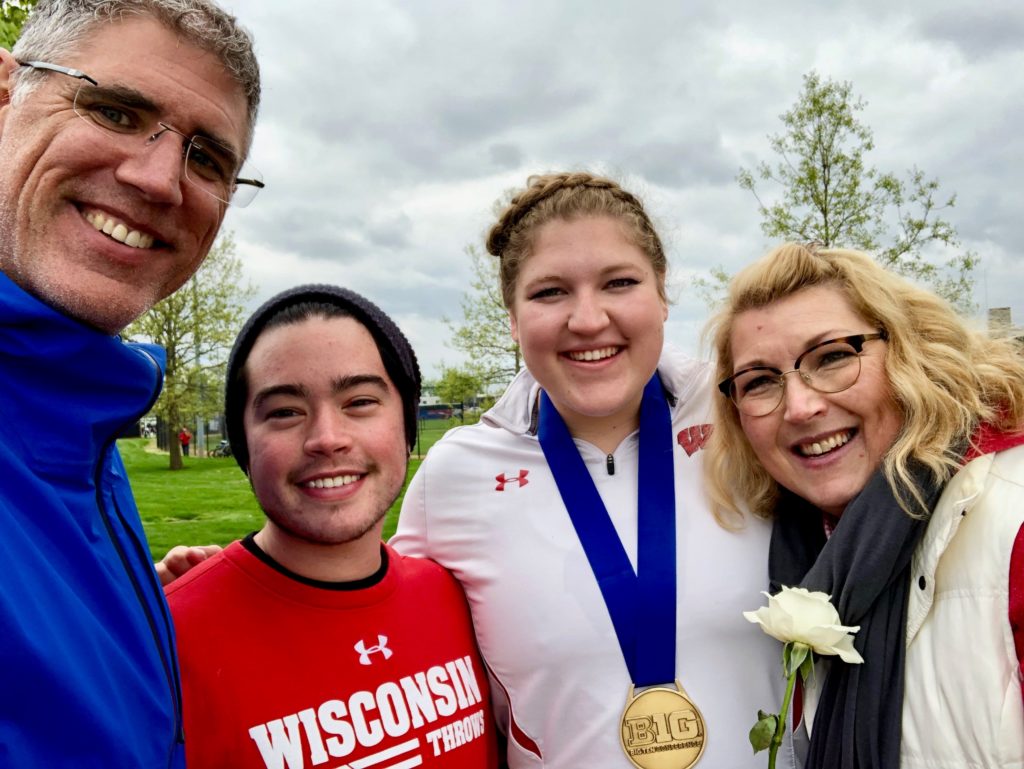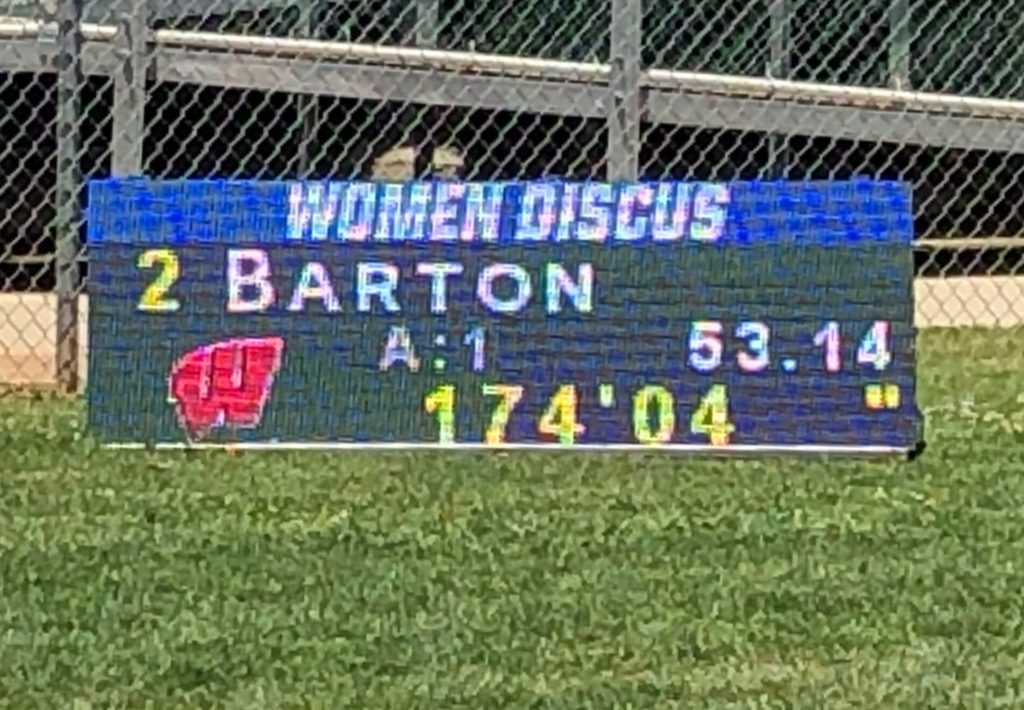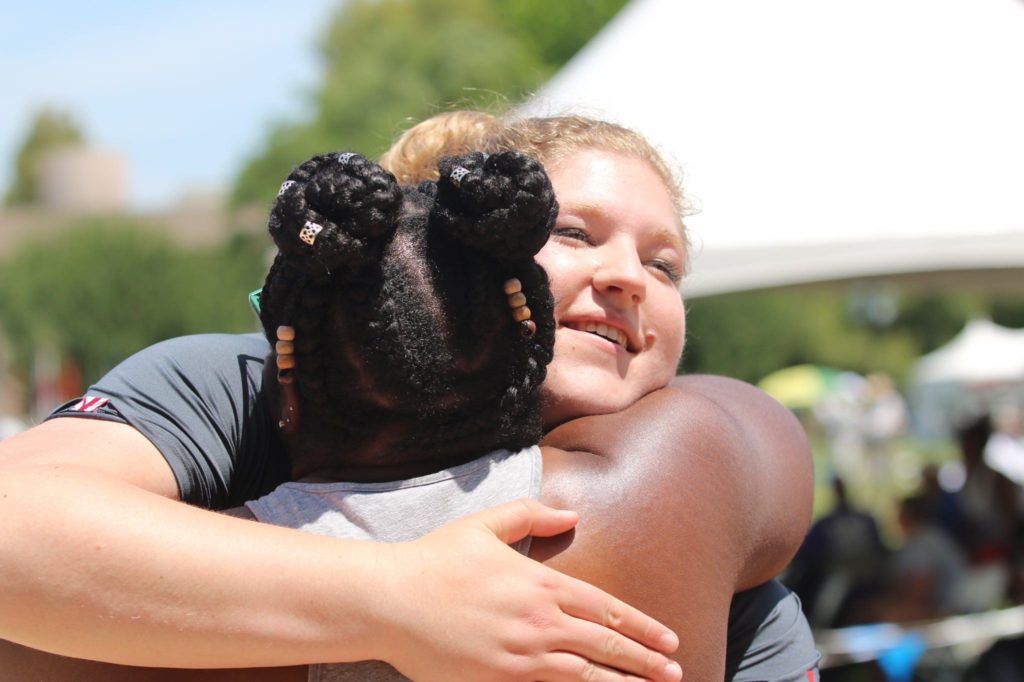Birth is a natural process.[1] Our bodies are capable of it.[2] Surrounded by people who believe this and support this notion allows us to know this for ourselves. Few things in life offer the profound opportunity of re-defining who you are and what you are capable of to the same degree. When pregnancy, labor, and childbirth are approached with reverence and power, each person who has the pleasure to be involved leaves transformed—be them the birthing person, the birth attendant, the spouse, or any other loved one.
The midwifery model situates itself in these very concepts. That most birth will proceed without need for intervention and that a birth attendant should center themselves on providing the birthing person with the environment (physical, spiritual, social, etc.) that best facilitates their comfort and empowerment.[3] The notable midwife, Ina May Gaskin, describes her “sphincter law” which governs labor and birth for many midwives in a congruous way. Sphincters, no matter where they are on our bodies, are shy, don’t open on command, and close quickly to perceived threat.[4] There is a reason that we have doors on bathrooms.
Furthermore, the midwifery model integrates a person’s mind and body. Ina tells stories of women whose labor was stalled until they spoke out loud and moved through their past traumas or fears, and alternatively women who have experienced rapid dilation through mantras or affirmations of their power, strength, courage, or capabilities.[5] The model acknowledges these facets of a person’s identity to be included and valued for the impact they have on their birth experience and outcomes. In this way, each contraction, or ‘rush,’ is to be experienced, rather than survived, endured, or ‘gotten through.’[6] It is about steadying confidence in the birthing person, since we know they are capable of having a safe, healthy, and even orgasmic birth.
Conversely, when birth is not revered for the transformational opportunity it is, it can be exploited in the name of ease or paternalistic notions of safety. The medical model of birth views childbirth as inherently risky, necessitating monitoring, supplementation, and intervention.[7] The Monty Python sketch “The Miracle of Birth” from The Meaning of Life pokes fun at the ways in which medicine and technology have removed providers from actually providing care and has left them with lots of technology that is not required for the vast majority of births.[8] The notion of a technocratic birth is troubling as it often leaves the birthing person (patient) as someone in need of curing, and as such, their experience as an afterthought. You can see how this is in stark contrast with the midwifery model’s emphasis on the birthing person’s comfort, safety, and empowerment.
Another hallmark of the medical model is that doctors take active, vigilant roles in delivering babies.[9] This is even seen by the position in which the majority of people give birth in the medical setting—lithotomy.[10] In the U.S. today it is common to not only be induced (given a form of synthetic oxytocin, Pitocin, to initiate or enhance contractions), but to consequently be given an epidural to cope with the very pains that were caused by induction.7 Furthermore, the numbing effect of the epidural then breaks the hormonal feedback loop that occurs naturally in the body, such that the need for forceps or vacuum interventions increases.[11] All the while, the risks and side effects for the birthing person are put aside in favor of an overarching narrative of “it’s best for the baby!” The medical model, however well intentioned, routinely denies people the birthing experience they want and ignores the birth experience that is possible free of anesthetics and in a curated, safe environment.
The medical model of birth so deeply holds the view that birth is dangerous that cesarean sections are frequently utilized when not necessary. Midwives have long held knowledge about how to deliver breech babies or turn babies in the womb.[12] However, currently, these techniques aren’t taught nor utilized by doctors. In the U.S. especially there are consistent incentives for doctors to resort to cesarean section, whether that’s for fear of litigation, convenience of scheduling, or inability to be with loud, powerful women.[13]
In Brazil, the rate of cesarean sections has reached as high as 70-99% for people who are privately insured, and 25-40% (still above most industrialized nations) for those publicly insured.[14] There are strong cultural beliefs that birth will deform or damage the vagina and/or labia making the genital area less attractive. The fear of lasting injury coupled with the fear of pain harkens back to the 19th century shadow of midwifery.[15] Yet, in this case, Brazilian women can choose to have a cesarean to effectively bypass the confrontation of all that fear. This is also juxtaposed to the squalid conditions that publicly insured Brazilians endure to give birth, further influencing people to choose cesarean as the ‘safer’ and easier choice.14 While there are many contributing factors that may be due to the Brazilian culture, some factors fit the state of the U.S. healthcare system as well. The fear of pain and belief that “if we can alleviate it, we should” are common in American birth narratives.[16]
Yet what’s more insidious about the cesarean statistics in Brazil and around the world is that, overwhelmingly, women claim to prefer vaginal birth.[17] Despite this preference, over the course of labor, the doctor’s interactions with the woman slowly influence the final decision to perform a cesarean section (once again) “for the baby’s sake.” The systemic drivers of high cesarean rates are largely the same as in the U.S., where Obstetrics is a surgical sub-specialty that churns out doctors highly capable of surgery and skeptical or even fearful of ‘organic’ or ‘natural’ childbirth.[18] Quite simply, Obstetricians are the experts on intervention, not on birth, which makes their likelihood of resorting to an intervention much higher.
There are other nations that more wholly integrate the roles of midwives alongside doctors. In Japan, both the midwifery and medical model are founded on a physiological view of birth. The doctor is seen as being able to use the tools necessary to step in if the birth becomes complicated, and, in contrast to the U.S., step back when the risky portion of the birth is over.[19] Despite the Obstetrician holding authority over birth, midwives deliver most children—a sign that while birth carries a potential for danger, it is not inherently risky. A glimpse into another nation’s model of care enlightens us of our own values and viewpoints on birth.
When choosing your birth setting, it’s important to take all of these things into account. Who will be present? What knowledge are they trained in?[20] What preconceived notions of birth do they bring to the table? Where will the birth take place? Who will have the say where I am? Or what position I am in? And in a larger context, after I give birth, who will I know myself as? Will I know myself as strong and powerful? Or left as if there is something wrong with me? In reality, it’s not so dichotomous—people’s experiences are not so clean cut. The midwifery and medical models blend in some settings, such as in birthing centers.[21] Yet, it is essential we question the systems we operate within—what is the true purpose of a health system and are we fulfilling on it?[22]
If the purpose is to provide people
with optimal health, including mental well-being, it is clear the medical model
of childbirth is not doing its job. If we continue to operate as we have in
medical settings, we will continue to deny people the experiences they want,
and often don’t even know they can have. Movements such as Unassisted Birth and
Pain to Power have started to shift what is possible in childbirth, but there
is more to do if we want to provide each person with all of their choices.[23][24] The charge to people who
have had empowering, painless, orgasmic birth is to speak out, and to pregnant
or soon-to-be pregnant people to question the way the system works. Be curious
about what’s possible and what you’re capable of. Seek out people who will
support your power and your nature. Transformative birth is possible.
[1] All mammals give birth. Humans are the only ones that resort to interventions such as forceps, anesthesia, episiotomy, and cesarean section.
[2] Ina May Gaskin cites interventions in birth (cesarean or vacuum/forceps extraction) at The Farm at less than 1.5% of births up to 2000. Page xiii of Ina May Gaskin’s Ina May’s Guide to Childbirth, 2003.
[3] Lecture Notes: Technocratic Childbirth, Karen Walloch, September 11th, 2018.
[4] Page 170 of Ina May Gaskin’s Ina May’s Guide to Childbirth, 2003.
[5] “Chapter 1: The Powerful Mind/Body Connection” of Ina May Gaskin’s Ina May’s Guide to Childbirth, 2003.
[6] A narrative from the film Organic Birth: Birth is Natural! speaks to the frameshift it is to think about a contraction as something you must persevere through versus experience as a welcoming of your child into this world
[7] Lecture Notes: Technocratic Childbirth, Karen Walloch, September 11th, 2018.
[8] Monty Python’s The Meaning of Life: Miracle of Birth, 1983.
[9] Emphasis on who is doing the delivering of the baby. This is related to the development of the Friedman curve in the 1950s, which has since grossly defined what a normal length of labor is without extensive validation. The Friedman curve inspired the Dublin protocol of “active management,” a notion that still largely influences the medical model of birth today. “Chapter 1: Arranged Birth” in Pushed: The Painful Truth about Childbirth and Modern Maternity Care by Jennifer Block.
[10] Prior to the late 17th century, people gave birth on birthing stools, on their hands and knees, or in other generally upright positions. The lithotomy position was promoted by King Louis XIV as a way for him to watch women give birth. It’s unclear the influence his specific preference had on the widespread use of the lithotomy position today, yet it speaks to the nature of its use—for the observer, not the birthing person. The Evolution of Maternal Birthing Position, Lauren Dundes, 1987.
[11] Organic Birth: Birth is Natural! Adapted from Orgasmic Birth by Debra Pascali-Bonaro
[12] For example, Dona Juana, a popular Mayan midwife based much of her practice on ritualistic massage. Lecture Notes: Buscando la Forma, Karen Walloch, September 20th, 2018.
[13] Study Outline: The Right to “Choose” Technocratic Birth, Karen Walloch
[14] Lecture Notes: Consequences of Technocratic Birth, Karen Walloch, September 13th, 2018.
[15] Shadow of maternity refers to the “physical, emotional, and life-shaping consequences of pregnancy and childbirth in the 18th and 19th centuries.” Lecture Notes: The Shadow of Maternity, Karen Walloch, October 2nd, 2018.
[16] We might consider who is usually the one providing the alleviation… there are paternalistic underpinnings to this notion.
[17] Childbirth in Brazil: Challenging an Interventionist Paradigm, Eugine Declerq, Birth 42:1, 2015.
[18] This push for Obstetrics to be recognized as a surgical sub-specialty goes back to the rise of the Obstetrics field in the early 20th century as OBs started to push general practitioners out of the birth scene and came to monopolize the profession. Study Guide, The Transition to Hospital Birth: 1900-1950, Karen Walloch
[19] “Chapter 6: Authoritative Knowledge and Birth Territories in Contemporary Japan” in Childbirth and Authoritative Knowledge, Deborah Cordero Fiedler, 1997.
[20] It’s important to consider who will have “authoritative knowledge” (what knowledge has social status) as defined by Bridgette Jordan in “Chapter 1: Authoritative Knowledge and Its Construction” in Childbirth and Authoritative Knowledge, 1997.
[21] Birthing centers are independent of health systems and are often run by midwives. They take on low risk pregnancies, and partner with hospitals to provide a continuum of care if necessary.
[22] I am often left thinking about what the purpose of a doctor’s appointment is. What I have come up with in many moments is that the doctor is focused on making sure I am not dying. Once they have proven that to me (and to themselves), they seem less interested (likely since they aren’t trained in this) in providing me knowledge to maintain my health, or thinking about optimizing my “as lived” experience of life (i.e. nutrition, sleep habits, exercise, etc.)
[23] Unassisted Childbirth is giving birth without the aid of doctors or midwives in your home. The birthing person dictates the rhythm and flow of birth. (Unassisted Chilbirth, Laura Kaplan Shanley http://www.unassistedchildbirth.com)
[24] Pain to Power is a course taught by Debra Pascali-Bonaro, an International childbirth educator and creator of the film Orgasmic Birth (https://www.paintopowerchildbirth.com/)
This essay was adapted from an essay I wrote for Karen Walloch’s course on the history of childbirth in the Fall semester of 2018. I uncovered it as I am embarking on the journey of becoming a birth doula and knew it needed to be shared.
